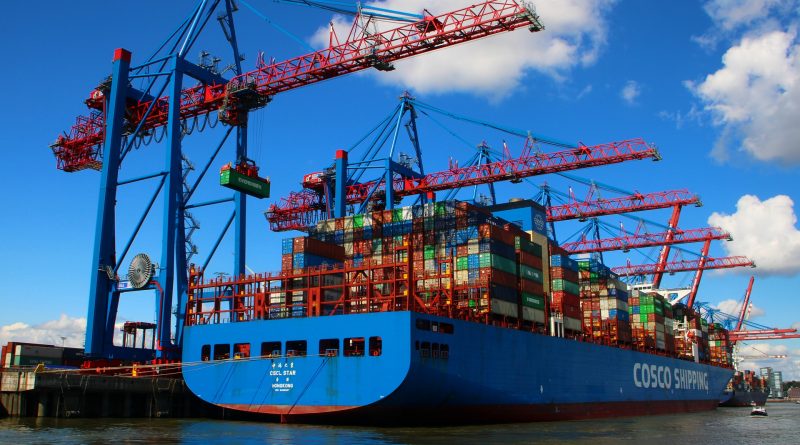Just-in-Time or: How safe is your supply?
Is your ability to deliver ensured? Do you have sufficient production and maintenance material as well as machine capacity available?
Background:
A blockade of the Suez Canal was reported on March 24th. A 400-meter ship with 18,000 containers had blocked the canal totally until March 29. The resulting traffic jam of 350 ships was released not before April 3rd. Countless supply chains that are in danger of breaking.
Also due to the global pandemic, there are supply shortages in various raw, semi-finished and finished products. This leads to production stoppages at various levels of the value chain.
Analysis:
In both examples, unforeseen situations occurred: neither the disruption of the Suez Canal, which lasted several days, nor the Covid-related personnel and material-related disruptions in the plants were planned.
At first glance, this has a serious impact on your own company. If we look at the entire supply chain, it looks a bit more complex:
Supplier A does not receive any components for product P1 from its sub-supplier. In the short term, alternative components must be checked for usability and availability. At the same time, the purchasing department asks various other suppliers for the original and the alternative components on the market. Because many buyers do this, an unrealistic total demand appears. A bullwhip effect is created. Production orders are rescheduled and workforce planning has to be redone.
Customer B is informed of the delivery difficulties by supplier A. B puts pressure on A to adhere to the delivery quantities. At the same time, customer B wants to use the upcoming production shutdown for preponed maintenance of the machines and systems. Since the information comes from the maintenance department that the required spare parts are currently stuck on the Suez Canal, customer B goes into short-time work and initially cancels all delivery calls from supplier A. Thus, A can neither deliver nor bill the manufacturable products. In addition to the production and planning problem, there is now a financial one.
Too crazy? Maybe, maybe not.
Target picture:
Compliance with the agreed planning security. Defined fluctuations in demand are absorbed. Continuous flow of information along the supply chain based on primary demand.
Ensuring the production supply: required material in the required quantity and quality at the time of consumption in the right place. A 100% supply extends to the entire supply chain from the raw material to the final consumer.
Protection against defined risks.
Alternatives:
Flexibility
- Cross-qualification of employees for alternative assignments facilitates a dynamic response to unforeseen disruptions
Use of devices that can be used as universally as possible
Multisourcing reduces the risk of supply bottlenecks if one supplier fails
standardization
Creation of stock
- The stock held must cover the replenishment lead time! This applies to a few minutes value for highly standardized JIT / JIS production as well as for several months value for machine and system projects.
Keeping stocks as low as necessary means maintaining supplies at all times.
The influencing factors should be continuously improved.
Local Sourcing
- With a local procurement strategy, not only can the replenishment times be shortened, but the speed and flexibility for changes to the product and process can also be increased.
I have also made the experience that a problem-solving process can run significantly faster and more efficiently with suppliers within reach.
Insourcing
- With this variant, there are no supplier and transport risks. Particularly interesting when it comes to sensitive technologies. It is important that sufficient know-how is available in-house.
Conclusion:
The basic insight can be defined as follows:
First of all, I recommend a risk analysis for the relevant area.
Even if there have been many supply and delivery problems recently, the probability of occurrence and the effect always play a major role in a strategic determination.
In addition to the advantages described, the alternative approaches I have listed here of course also have disadvantages, which must be considered and weighed up according to the respective situation.
In any case, everyone involved should keep calm and make fact-based decisions.
Is your ability to deliver ensured? I invite you to apply this article to your specific situation in the company. You may find yourself again, maybe it also serves as a contribution to your own solution approaches.
I would be very happy to share your experiences with this topic and your possible solutions.
Best regards
Andreas Kückelmann

